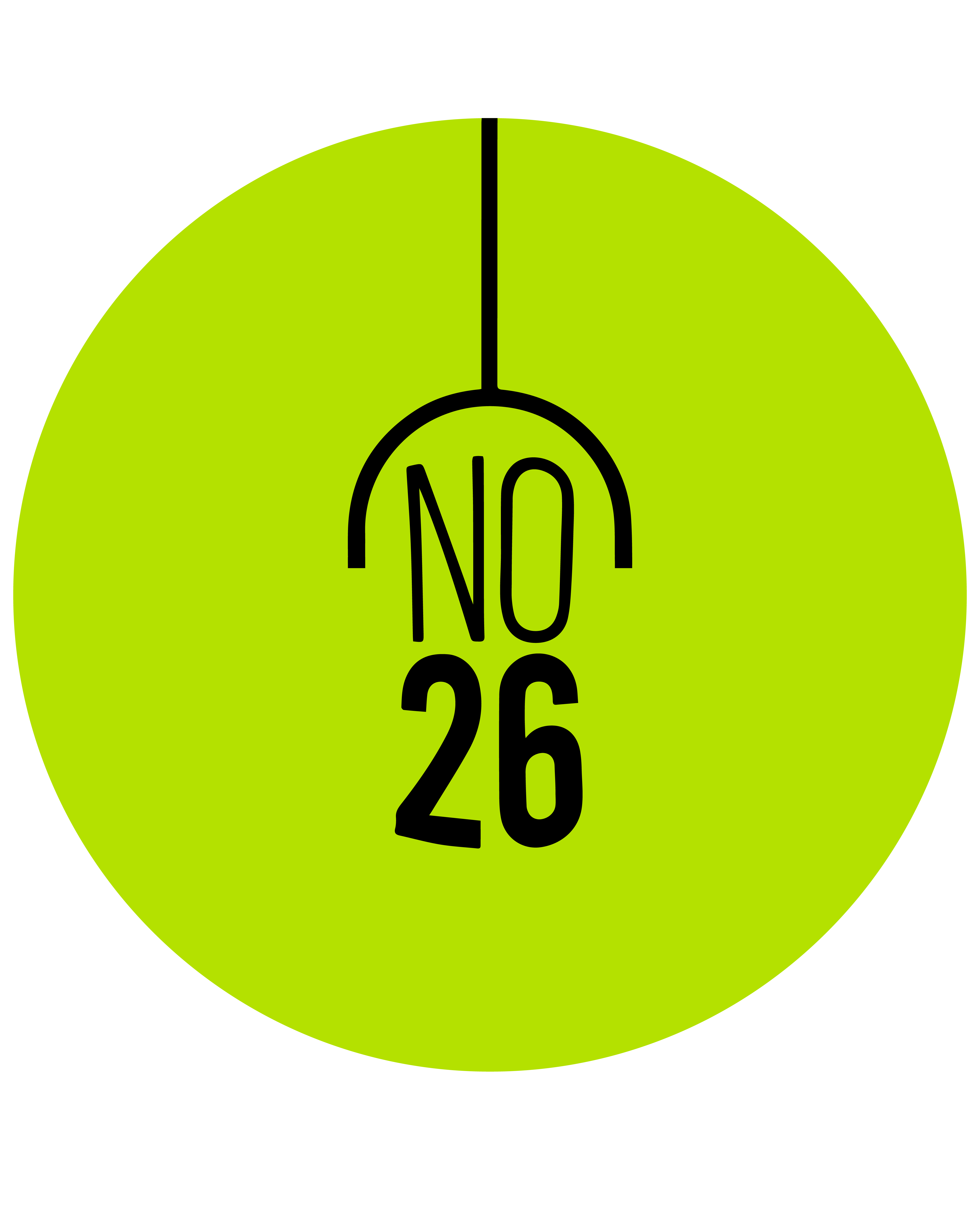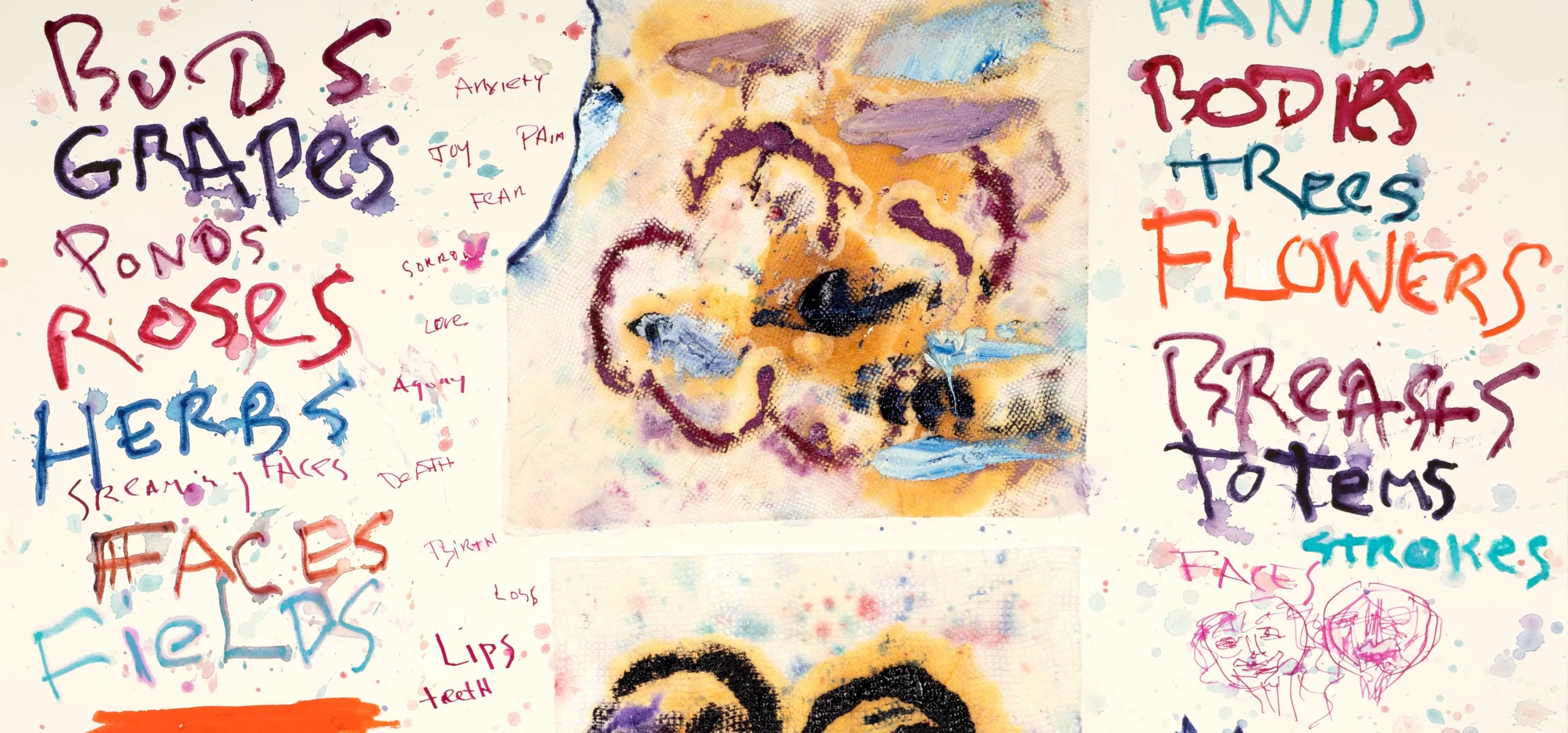The exhibition Love from an Abstract Artist, showcasing over six decades of American artist Joan Snyder’s works on paper, testifies to the pivotal role drawing has always held in her practice. Featuring approximately 50 new and historical works spanning from the mid-1960s to the present, this exhibition opens a window into the depths of Snyder’s creative world. Often diaristic and autobiographical, these diverse works encompass Snyder’s grids, symbols, landscapes, and strokes, incorporating collaged materials such as fabric, rope, berries, herbs, and hand-pressed paper pulp, among others. The artist has continually expanded the possibilities of drawing, and as American critic Faye Hirsch writes, her works on paper are “independent and self-sufficient objects.”
Snyder is recognized for developing a new, distinctly embodied language of abstract painting during a time when the legacy of Abstract Expressionism loomed large, and Minimalism embraced a new sterility and mechanical production in American art. In this male-dominated environment, she deconstructed painting and, by the mid-1970s, began incorporating personal motifs such as bodies and breasts, vulvas and hearts, totems, and flower fields into her work. “To move forward, I thought I had to push back,” she reflects, “to re-embrace the ideas at the core of my thinking about painting—structure, execution, meaning, materials.” The earliest works in the exhibition, Stripes/Mounds and Green Strokes (both 1968), reveal how drawing offered Snyder a framework outside of painting to dissect its most fundamental elements. She emphasizes this foundational approach by describing her drawings as skeletons onto which she plans to add muscle, bone, and flesh.
At the heart of Snyder’s works on paper and her broader practice lies a defining, autobiographical impulse. “I tell my story with marks and colors and lines and shapes,” she says, “I speak of love and anguish, fear, and mostly hope.” The exhibition is filled with works that reflect her unique ability to combine subjective emotion with representation. Deep pink watercolor stains, arranged in horizontal rows over penciled lines, blur and disperse. As art historian Jenni Sorkin writes, “Throughout Snyder’s work, the grid functions like a metronome, a precision device to be relied upon, a tempo, or conversely, a device to be violated.”
Language is applied like an additional material in Snyder’s art, playing a significant role in layered and deconstructed forms. While her early works were often annotated with details about structure, line, and color choices, from the mid-1970s onward, Snyder integrated text and image for both formal and narrative impact. Throughout the exhibition, handwritten and painted words capture fragments of the artist’s voice—sometimes poetic, confessional, mournful, playful, dry, or angry. One of the most recent works, Don’t Try to Read This, ironically acknowledges this resistance. The exhibition’s namesake, Love from an Abstract Artist, is similarly ironic, composed almost entirely of words, further complicating the notion that drawing is solely a pictorial mode of representation. The artist presents a list, an inventory of personal motifs: buds, grapes, ponds, roses, herbs, faces, hands, bodies, trees, flowers, breasts, totems, strokes, and moons. Her signature “Love from an Abstract Artist” serves as a farewell, winking at a semiotic game where list-making becomes mark-making, and mark-making becomes abstraction. As art historian Hayden Herrera notes, “What sets Snyder apart is the absolute harmony of formal and autobiographical discovery.”
Location: Thaddaeus Ropac
Venue: London














